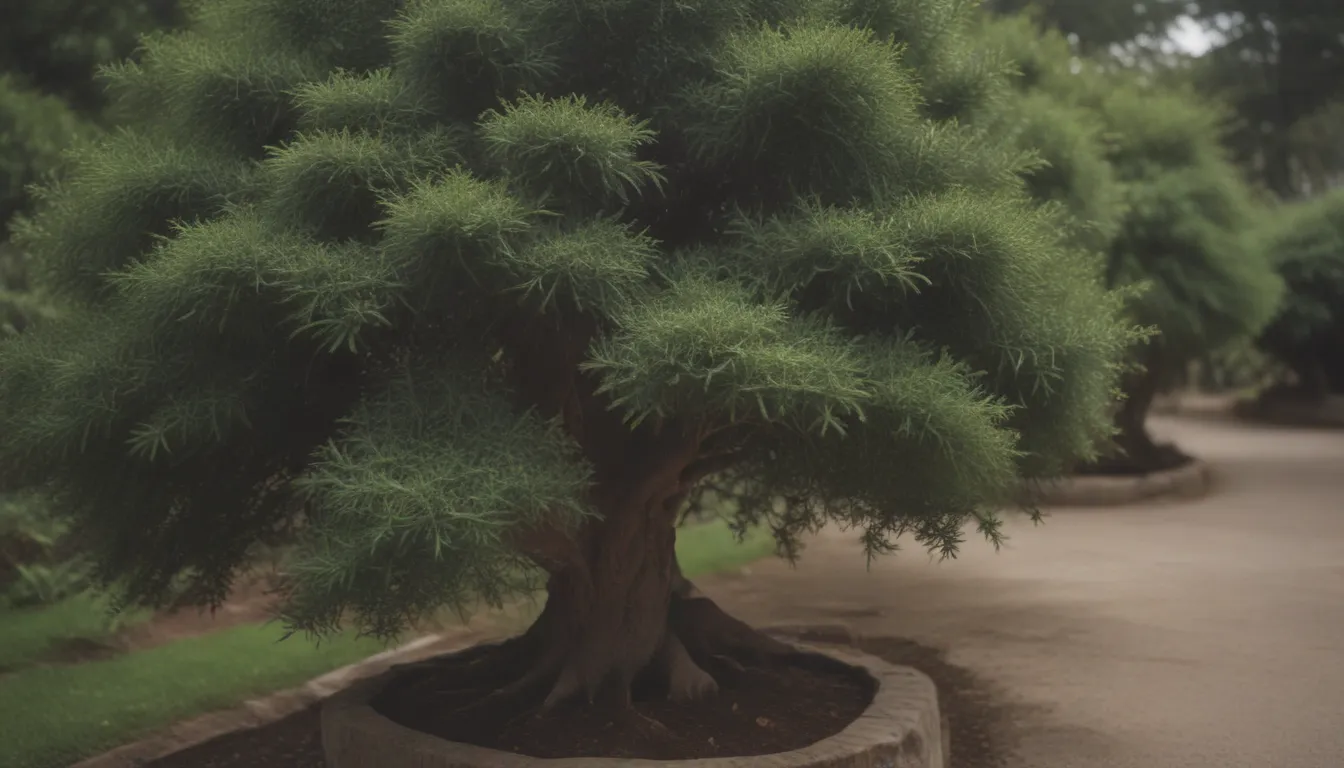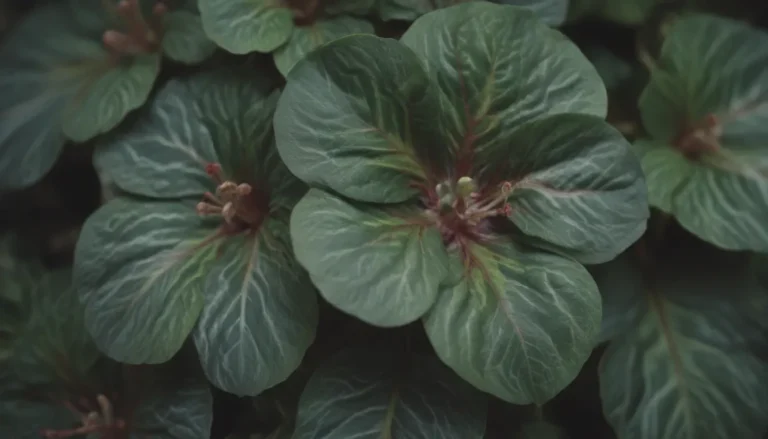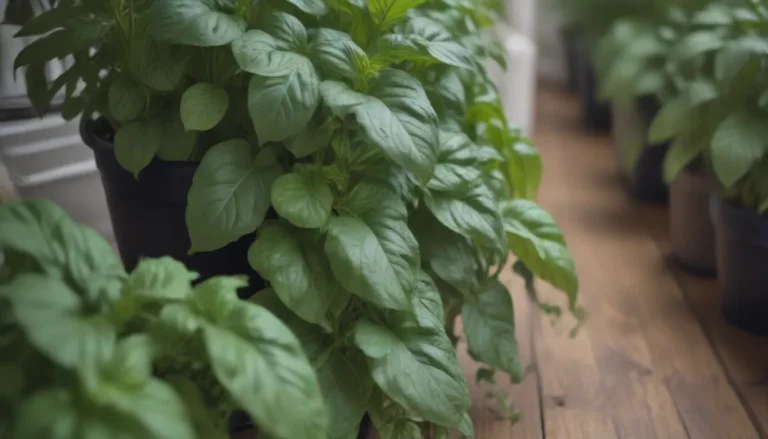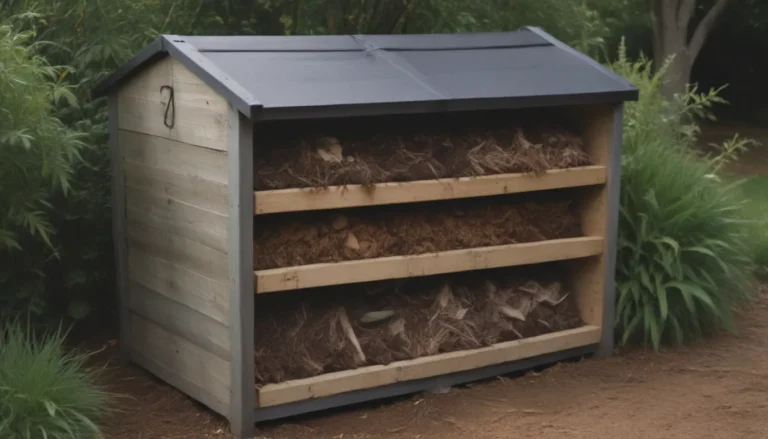Cultivating the Japanese Yew: A Comprehensive Guide for Home Gardeners

Are you looking to add a touch of elegance and sophistication to your home garden? Look no further than the Japanese yew. This evergreen beauty, known for its spiny needles and striking red fruits, is a popular choice for landscaping due to its ornamental value and ease of maintenance.
In this comprehensive guide, we will delve into everything you need to know about growing and caring for the Japanese yew in your home garden. From its preferred USDA hardiness zones to design tips and maintenance practices, we’ve got you covered. So, grab your gardening gloves and let’s get started!
Getting to Know the Japanese Yew
Before we dive into the nitty-gritty details of cultivating the Japanese yew, let’s get acquainted with this stunning plant.
Latin and Common Names
Scientifically known as Taxus cuspidata, the Japanese yew is a member of the Taxaceae family. Commonly referred to as “spreading yew,” this evergreen boasts dark green foliage that sets it apart from other members of the Taxus genus.
Preferred USDA Hardiness Zones
The Japanese yew thrives in USDA hardiness zones 4 through 7, making it a versatile choice for gardeners in various regions. While native to Asia, this plant has found a welcoming home in places like Connecticut and Massachusetts in North America.
Size and Shape
With a height range of 20 to 40 feet, the Japanese yew can reach up to 50 feet under optimal conditions. In cultivation, it typically stays smaller, making it ideal for residential landscapes. This broad-spreading plant can be pruned into different shapes, from flat-topped hedges to narrow pyramidal trees.
Growing Conditions for the Japanese Yew
Now that you’re acquainted with the Japanese yew, let’s explore the optimal growing conditions and care tips to ensure its health and vitality in your garden.
Exposure
One of the remarkable qualities of the Japanese yew is its adaptability to varying light conditions. Whether it’s full shade or full sun, this plant thrives in different light levels. Its ability to tolerate shade makes it a sought-after choice for landscapes far from its natural habitat.
Foliage, Flowers, and Fruit
The Japanese yew’s spiny evergreen needles and red fruits add a pop of color to any garden. Its dioecious nature means it produces separate male and female flowers on the same plant, with small, discreet blooms. The red fruit, containing a single seed, is both ornamental and attractive to gardeners.
Design Tips
Known for its tolerance to pruning, the Japanese yew can be shaped into various forms, making it a versatile plant for landscaping. Whether you prefer a formal hedge or a whimsical topiary, this plant can adapt to different design styles. Additionally, it thrives in urban environments and serves as an excellent shade tree.
Cultivating the Japanese Yew: Tips and Tricks
Now that you’re ready to introduce the Japanese yew to your garden, here are some essential tips for ensuring its growth and longevity.
Growing Tips
- Plant the Japanese yew in well-drained soil with medium moisture, preferably sandy loam.
- Keep the soil consistently moist but not waterlogged.
- This plant tolerates a wide range of sunlight levels and is drought-tolerant.
- Ensure the yew is protected from extreme weather conditions, such as heavy rains or heat waves.
Maintenance and Pruning
- The Japanese yew requires minimal maintenance if planted in suitable conditions.
- Prune the plant in early spring to shape it into your desired form, whether as a hedge or a tree.
- Keep an eye out for pests like scale, weevils, and mealybugs, which can be easily controlled with pesticides.
- Prevent root rot by planting the yew in well-drained soil and protect it from winter burn in harsh weather conditions.
In Conclusion
In conclusion, the Japanese yew is a versatile and elegant addition to any home garden. With its striking foliage, colorful fruits, and ease of care, this evergreen is a favorite among landscapers and garden enthusiasts alike. By following the tips and guidelines outlined in this guide, you can successfully cultivate and maintain a healthy Japanese yew in your own backyard. Happy gardening!





